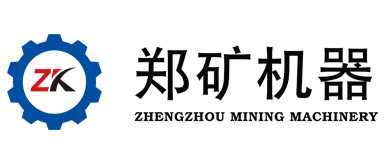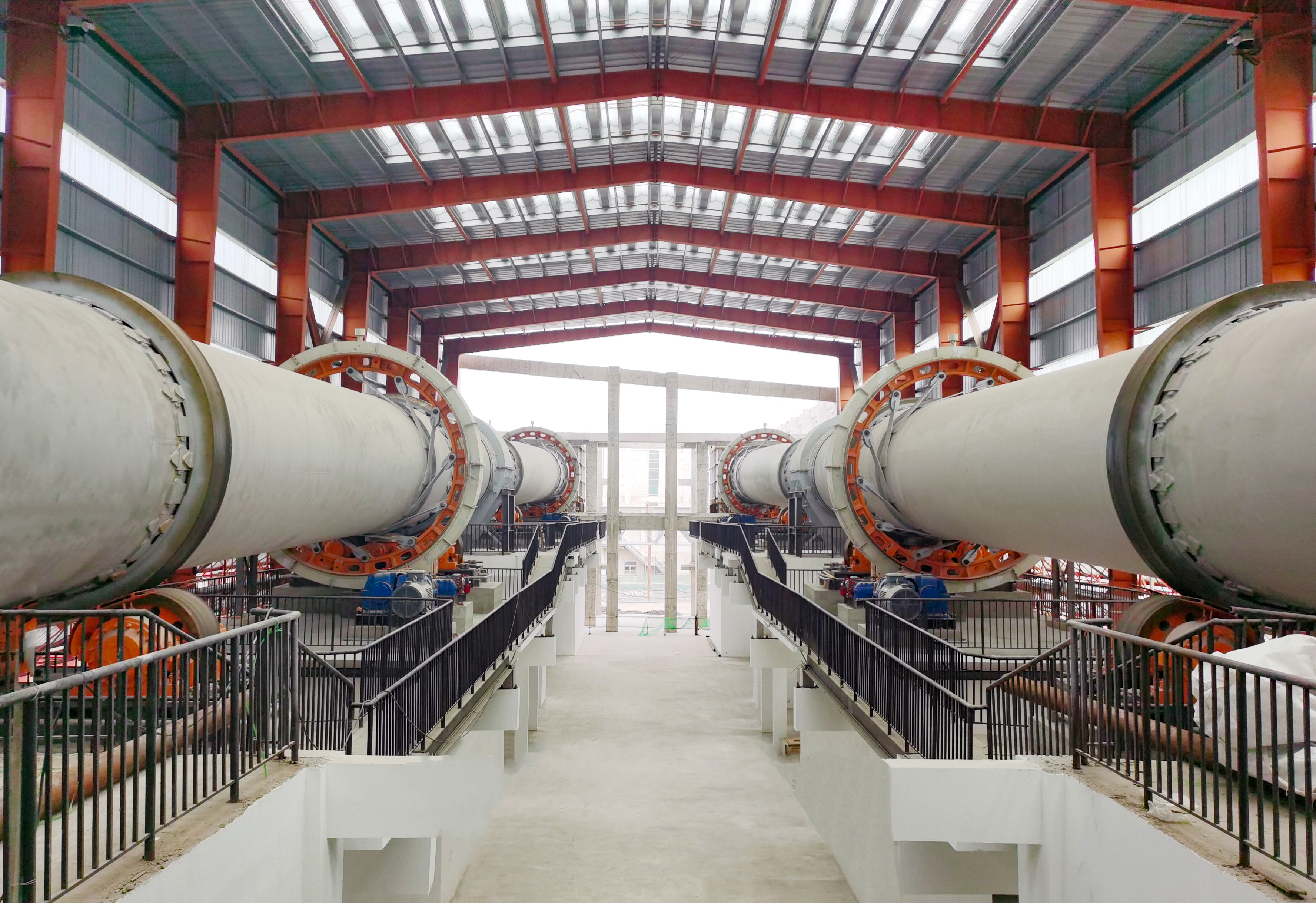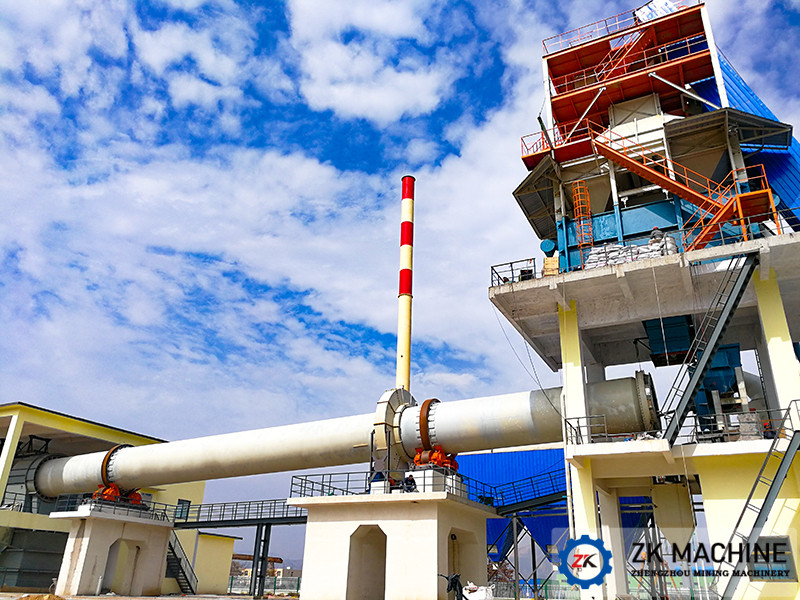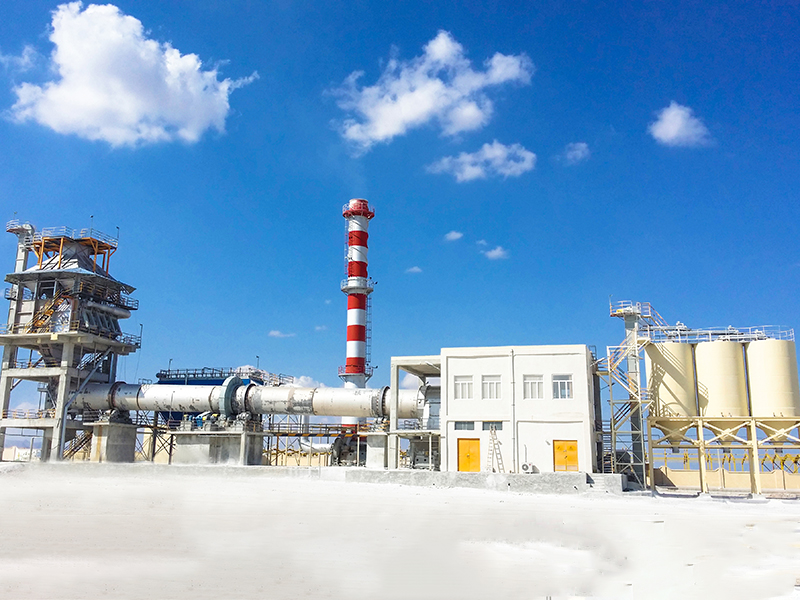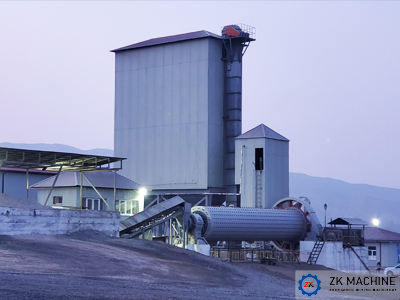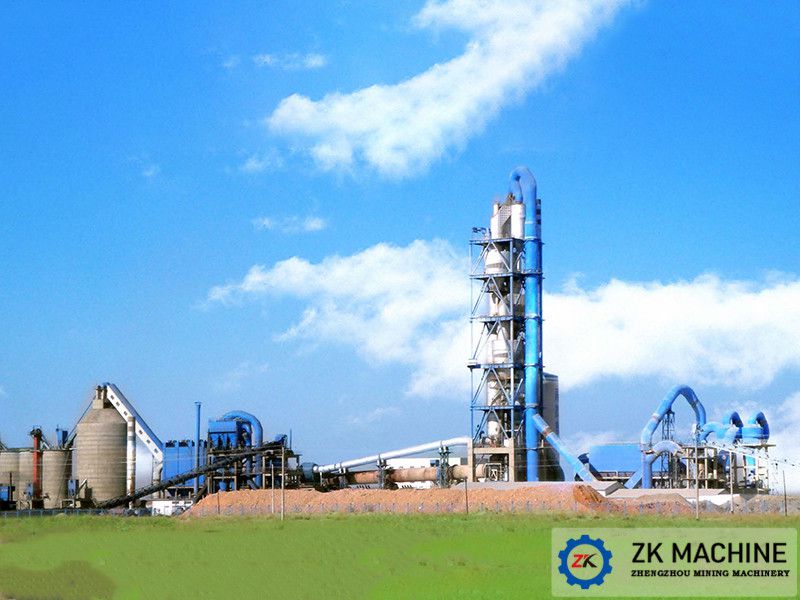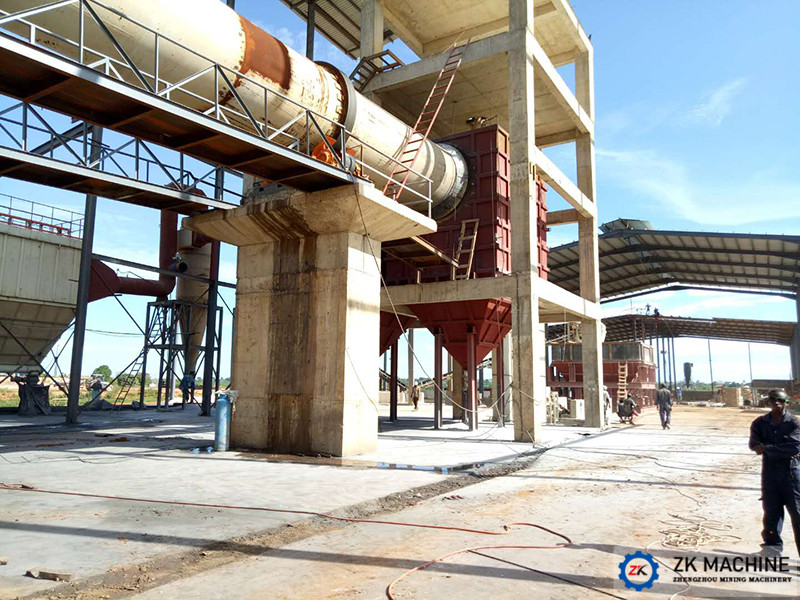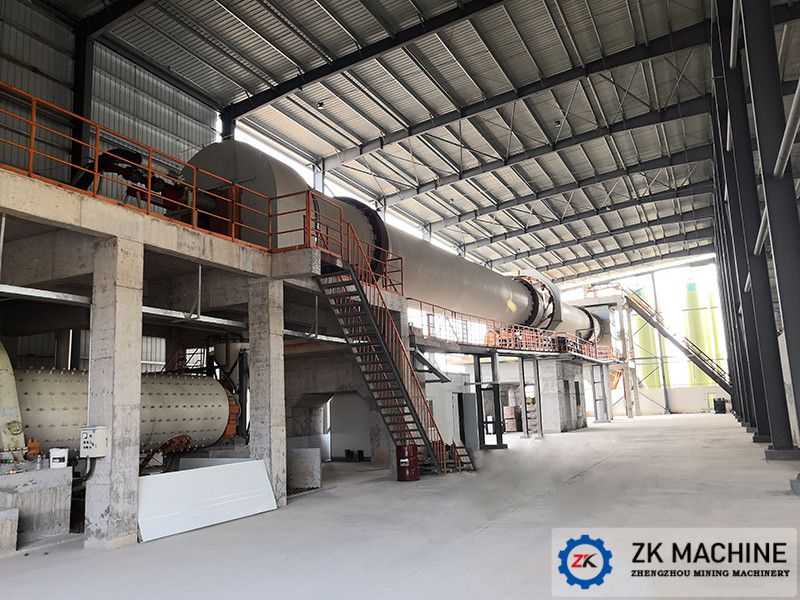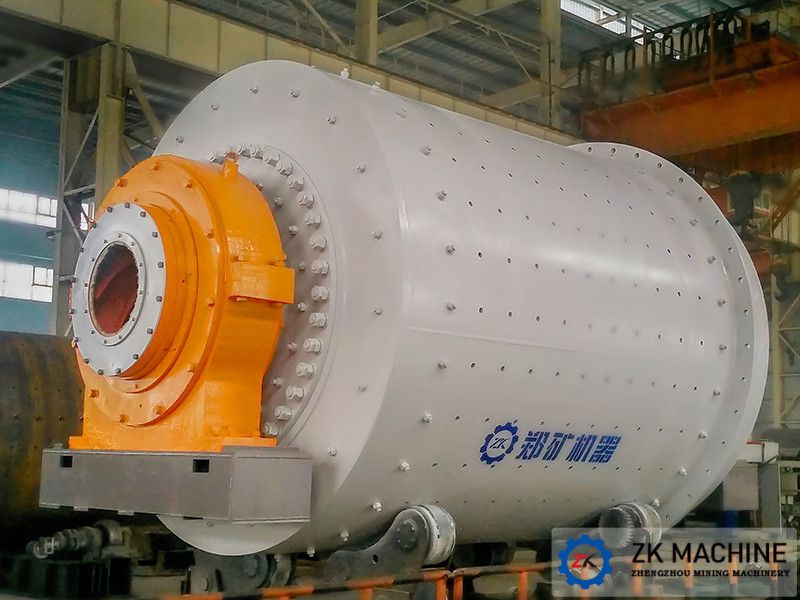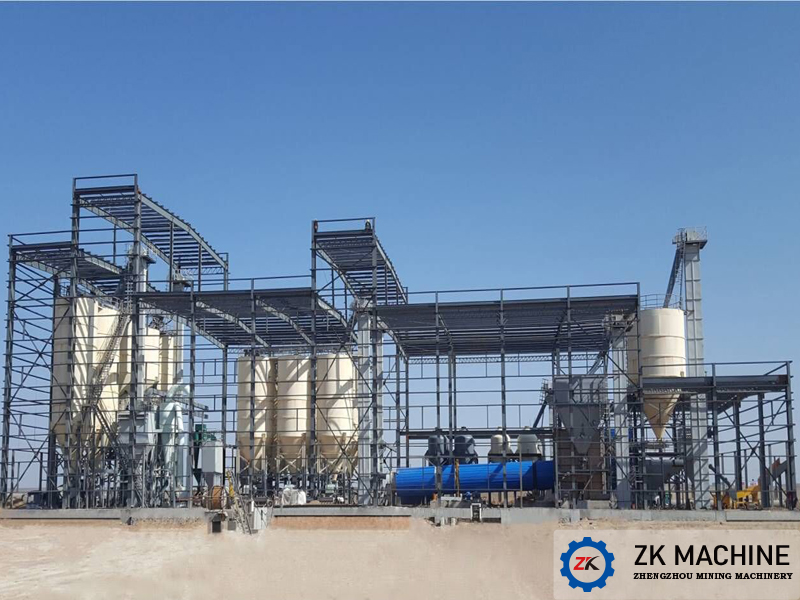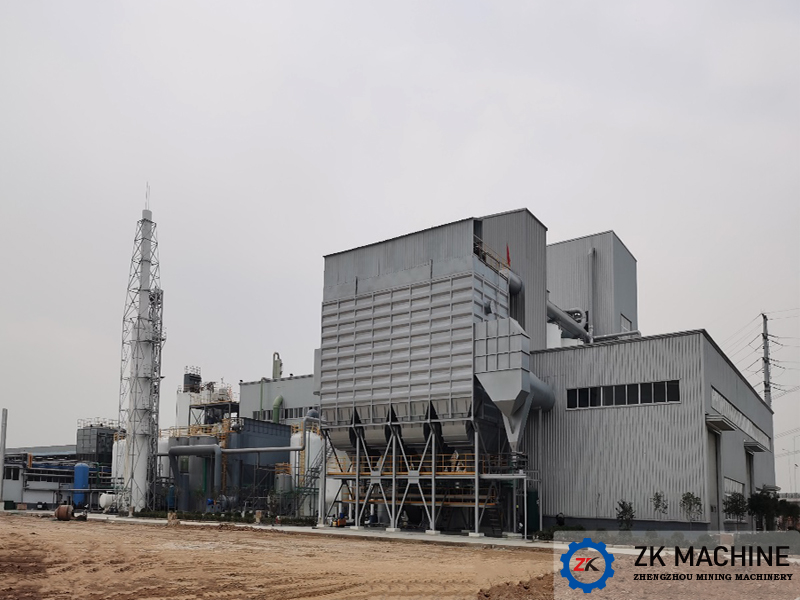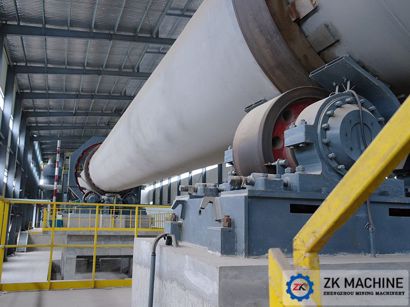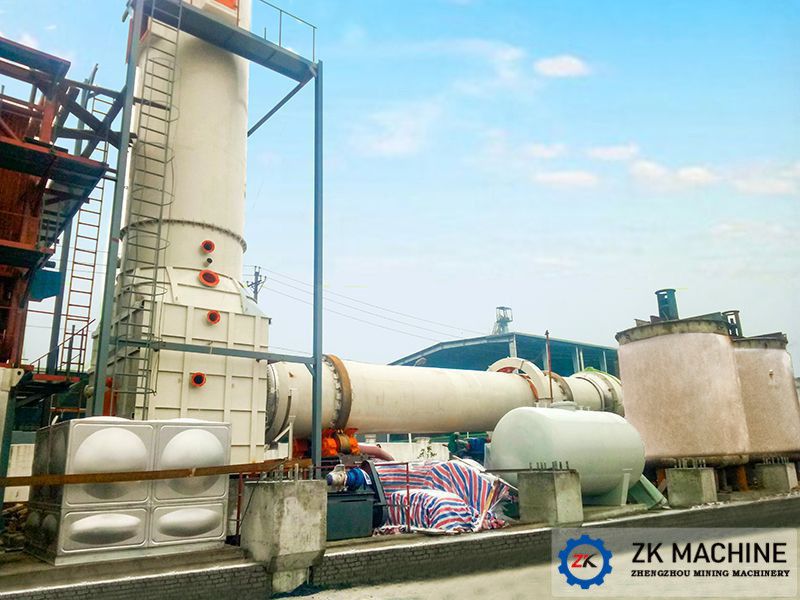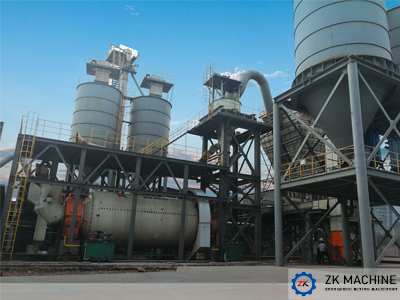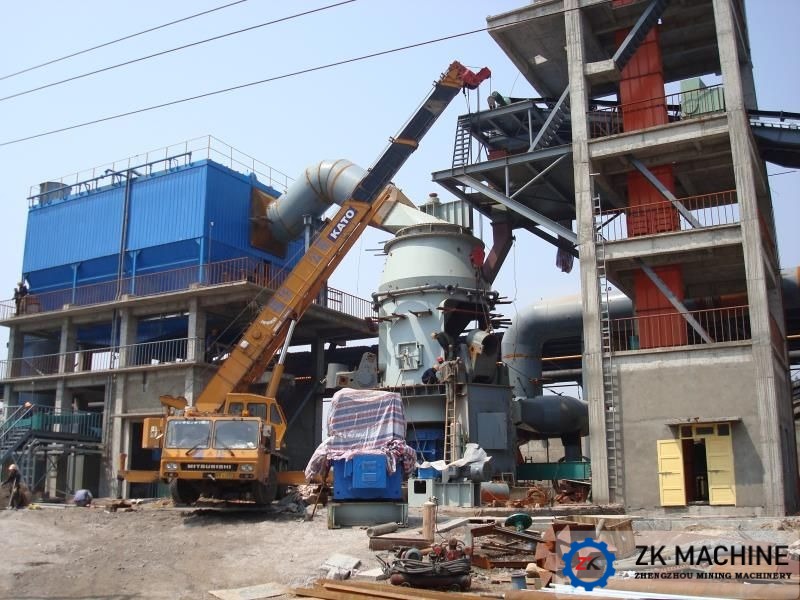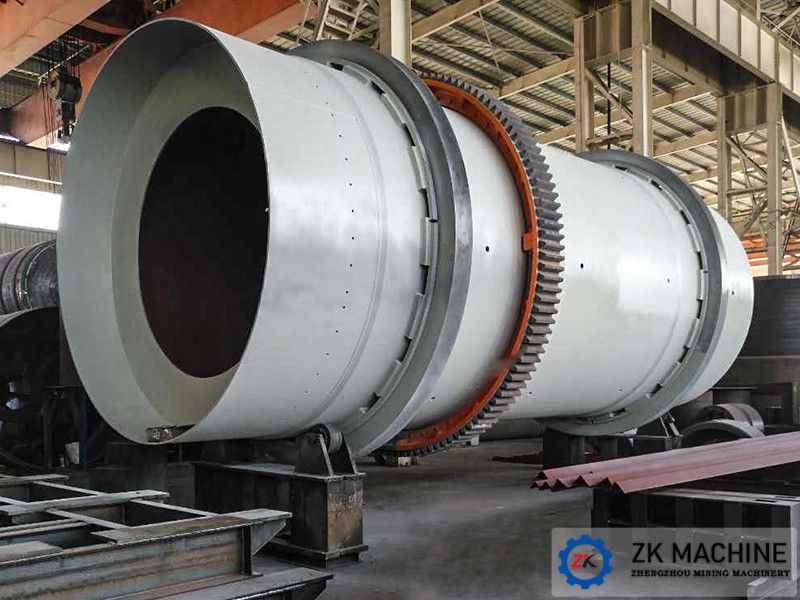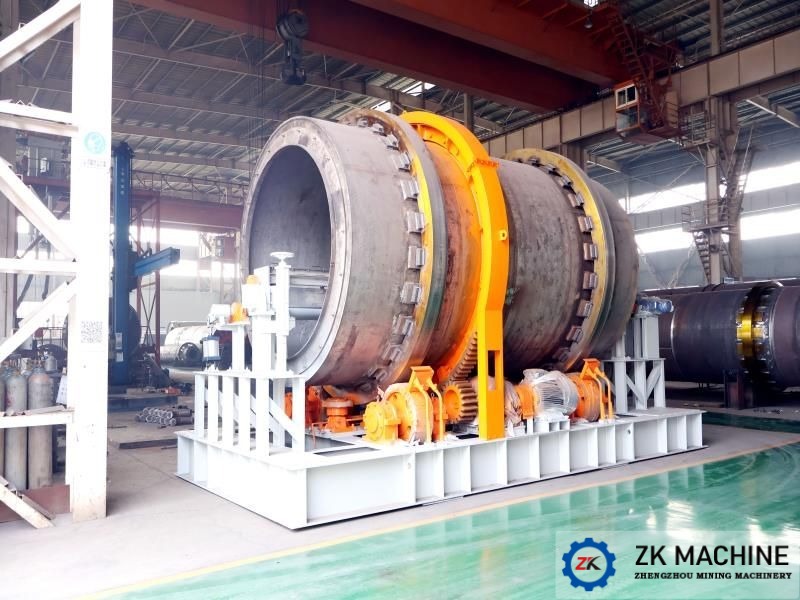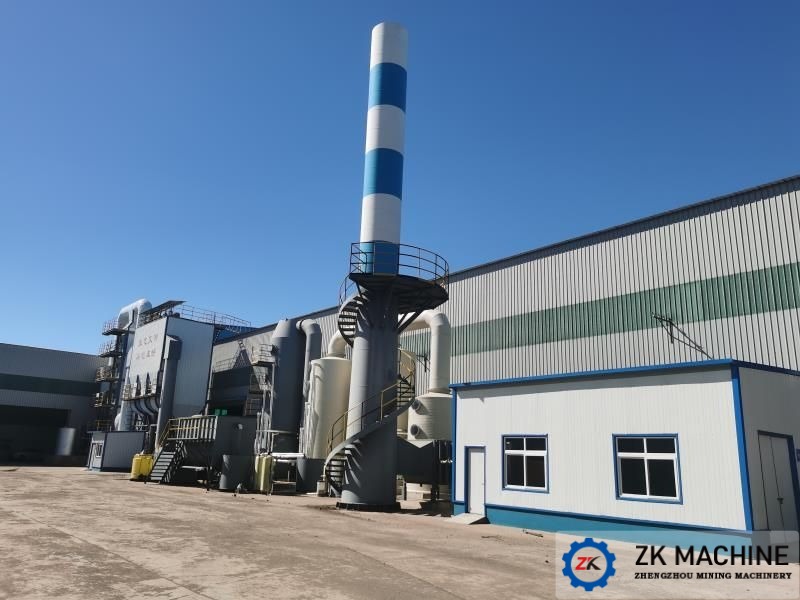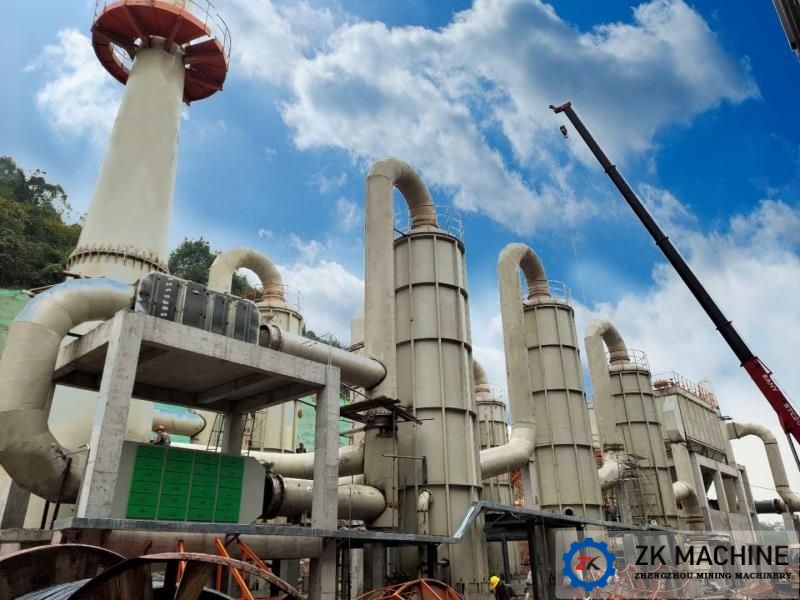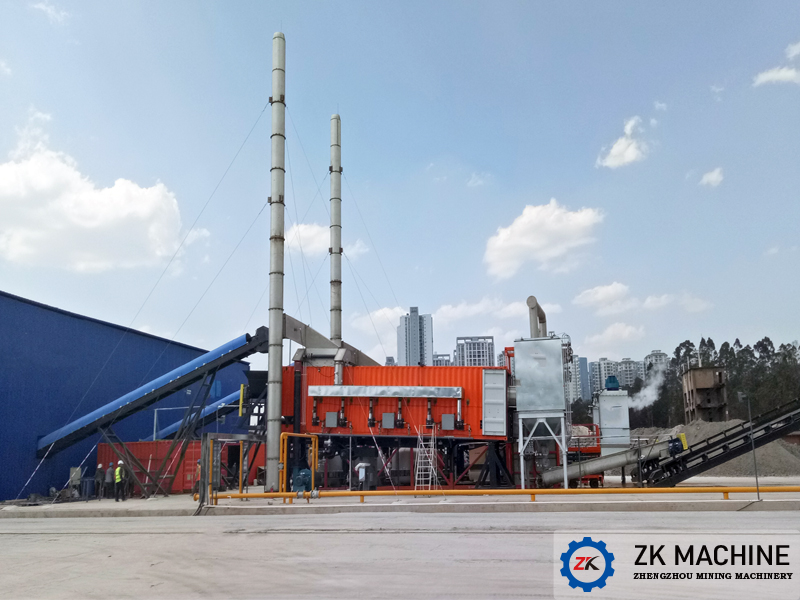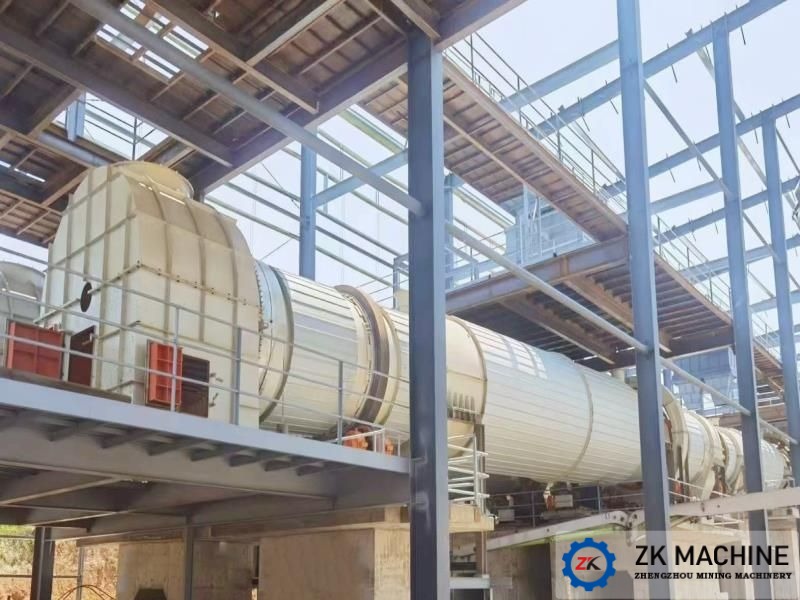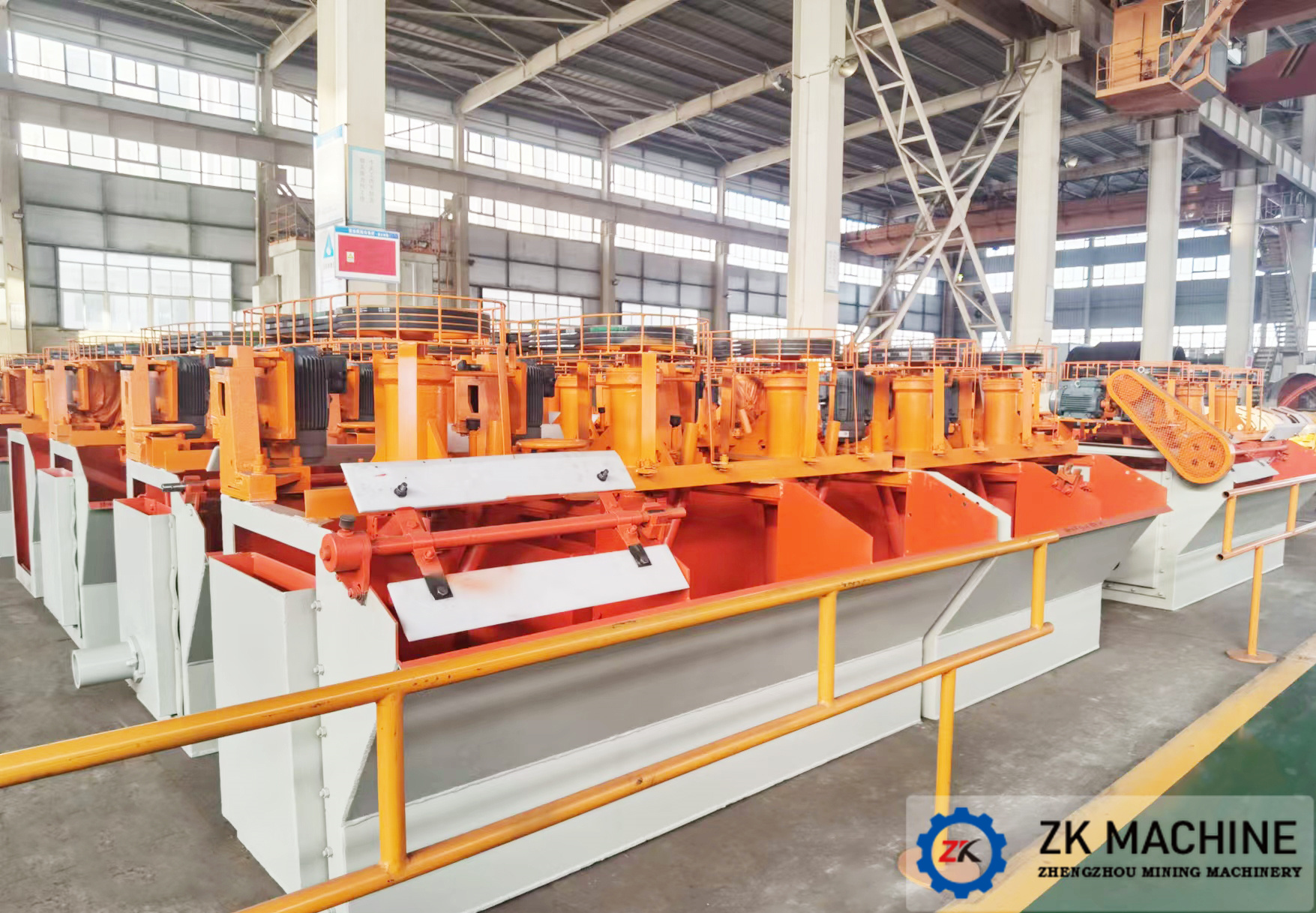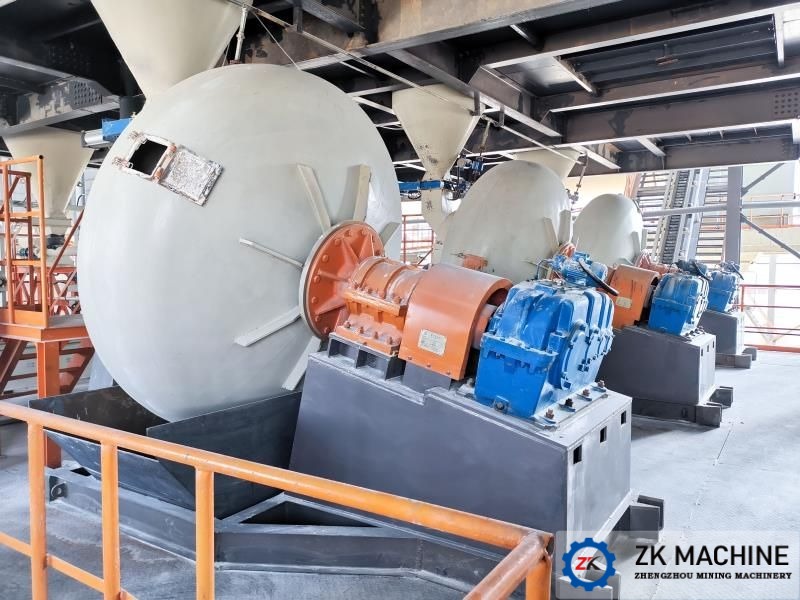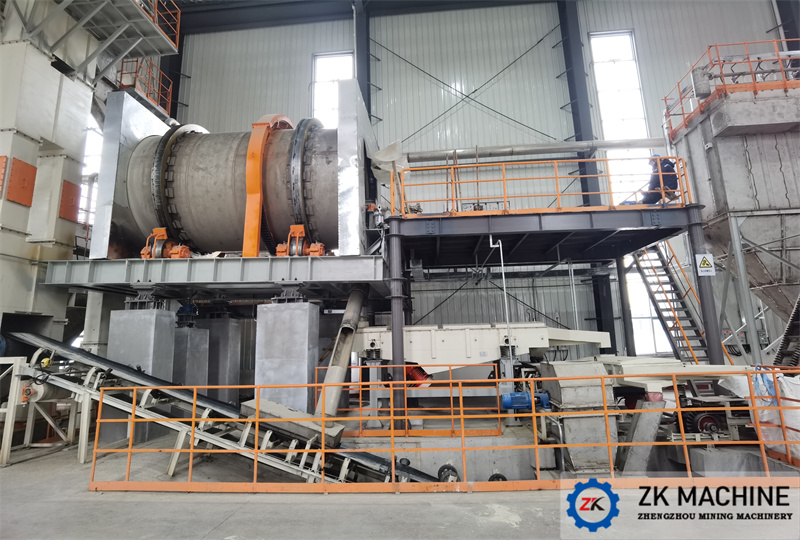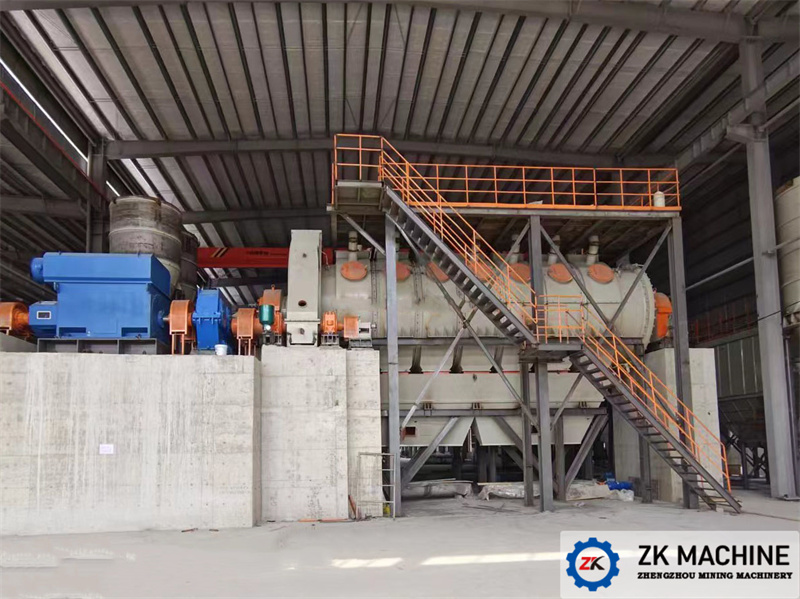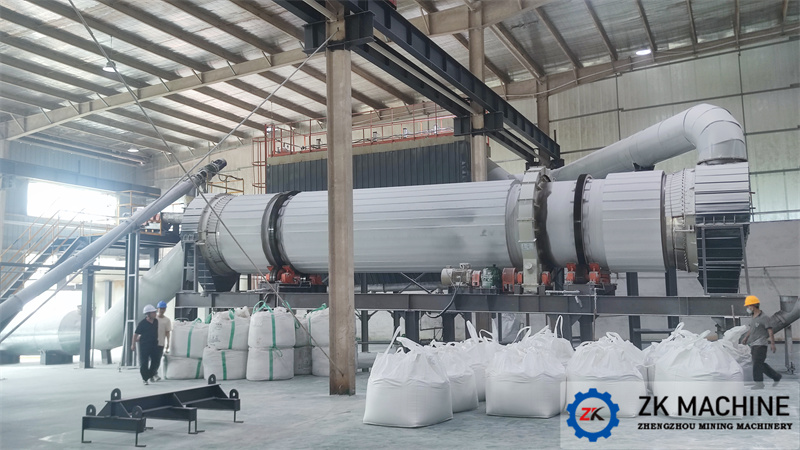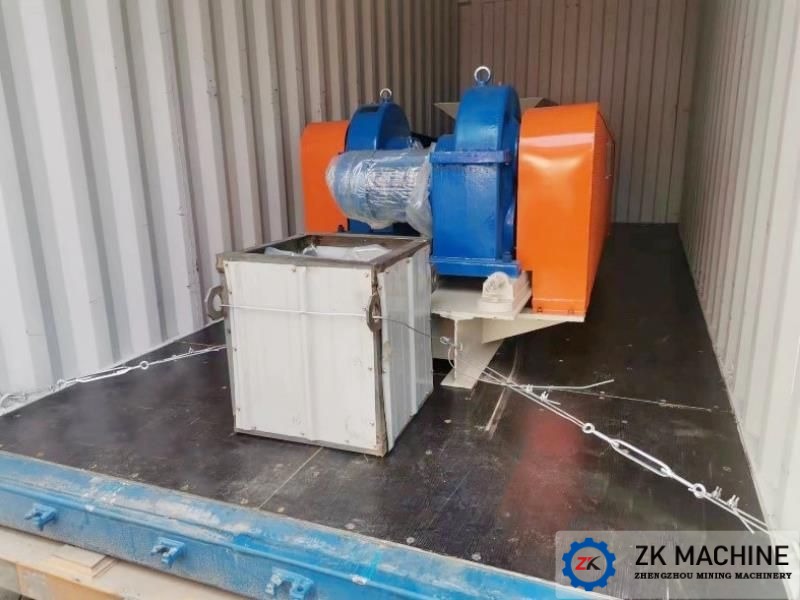New Process for Pelletizing Using Low-grade Phosphate Rock
1. Industry background
Phosphate ore and other materials entering the furnace are usually required to have a certain particle size range. The charge's size and the charge's state at high temperatures will directly affect the normal reaction in the electric furnace. Only the charge that meets the requirements can efficiently and stably produce yellow phosphorus and reduce the proportion of mud phosphorus. As phosphate resources are becoming increasingly depleted and impoverished, the price of rich ore continues to rise. For broken phosphate ore or phosphate rock powder that does not meet the direct feeding requirements, the current common practices are mainly: ① Grinding for phosphate rock fertilizer or for general calcium production, but it is limited by production conditions; ② Sintering and forming. The sintered ore produced by this method has good performance, but its return powder volume is as high as about 40%.
2. Existing technology
In the existing technology, processing phosphate rock powder into phosphate rock powder pellets is applied. In the process of phosphate rock powder pelletizing, the binder is a key auxiliary raw material, and its performance is directly related to the quality of the pellets. Among the commonly used adhesives, bentonite, humic acid, clay and water glass as adhesives will reduce the grade of phosphate rock pellets, increase the amount of slag, and the pellets are not hard enough and heat resistant, easy to burst, resulting in unstable reaction in the furnace, difficulty in recycling ore powder, and low efficiency; when silicates and phosphates are used as adhesives, the excess silicates will cause an imbalance of pH in the furnace, affecting the control of the electric furnace, and there are also problems such as low thermal strength, inconvenient operation, and high powder return rate.
Therefore, it is objectively necessary to research and develop a method for producing phosphate rock pellets using low-grade phosphate rock with simple process, easy raw materials, high pellet strength, and thermal stability.
3. Introduction to the new process
Based on decades of experience in process research and development and equipment production in metallurgy, building materials, chemical industry, and other industries, Zhengkuang Machinery has completed the process and equipment plan for low-grade phosphate rock pelletization after years of research and development and investment. The pellets made using this process have the characteristics of high strength, low energy consumption, and no need for adhesives. At present, this process has obtained a national invention patent.
The incoming phosphate ore powder (0.8mm) and phosphate concentrate powder are transported to the ball mill to 200-600 meshes by a box feeder, a belt scale, and a belt conveyor. Qualified fine powder is selected by a powder selector and collected by a bag dust collector. Qualified fine powder is sent to the powder bin after grinding by an elevator for storage, and coarse powder is returned to the mill for re-grinding. The fine powder after grinding is sent to the ball-making powder bin through a pneumatic conveying device. First, it is made into a primer by a high-efficiency granulator. The primer is sent to the pot granulator through a trolley. By replenishing the powder and spraying water at the same time, the material balls gradually grow to the required particle size. The raw material balls pass through a vibrating screen, and the large balls are sent to the material ball drying system. The small balls under the screen are returned to the buffer bin as primers and re-enter the pot granulator for ball making. The material balls are dried in a tunnel kiln. The material balls are placed in a sagger. The sagger loading and unloading vehicles are all automatically operated by robots. The drying heat source can be the yellow phosphorus tail gas generated by the electric furnace. The dried and cooled material balls are transported to the material yard for storage by a belt conveyor.
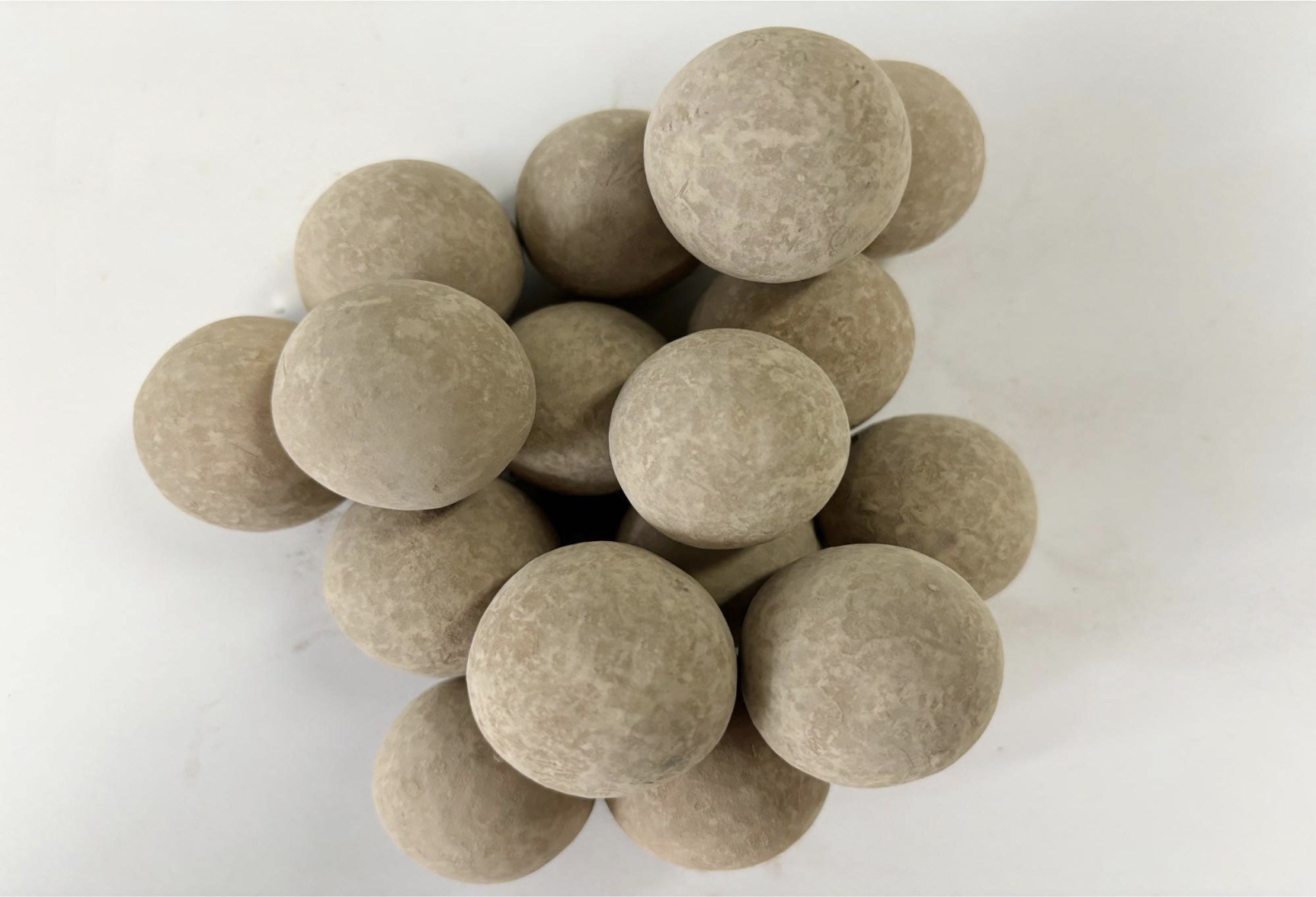
4. Process flow chart, pellet picture
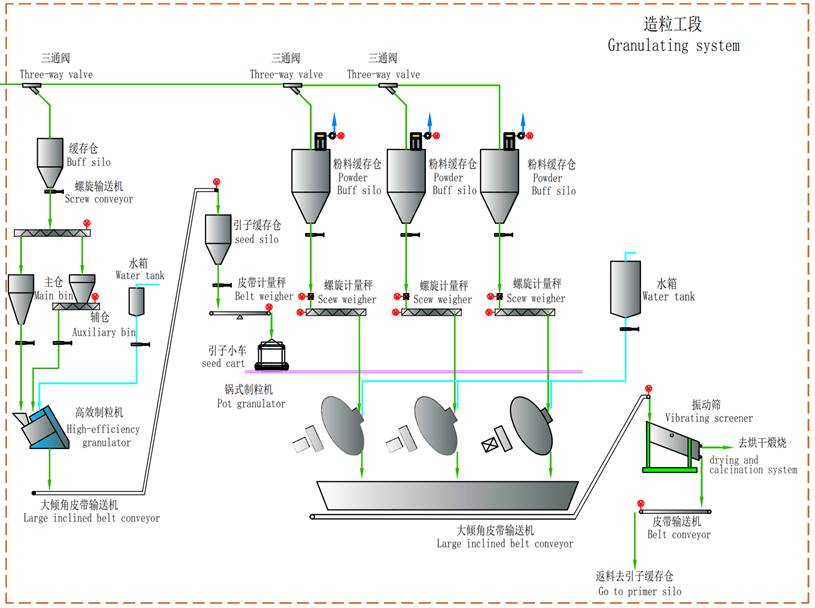
Conclusion:
Henan Zhengzhou Mining Machinery Co.,Ltd is committed to the research of process technology and complete process equipment for phosphate ore pelletization, making pellets that meet the requirements of furnace materials, so that it can efficiently and stably produce yellow phosphorus and reduce the proportion of mud phosphorus. Henan ZK Corp can provide a complete full industry chain and full life cycle service from overall project planning to detailed process formula, process parameters, process design, equipment design and manufacturing, engineering installation, commissioning, technical training and after-sales service, etc., with complete system solutions. Welcome new and old customers to come for consultation and purchase!
